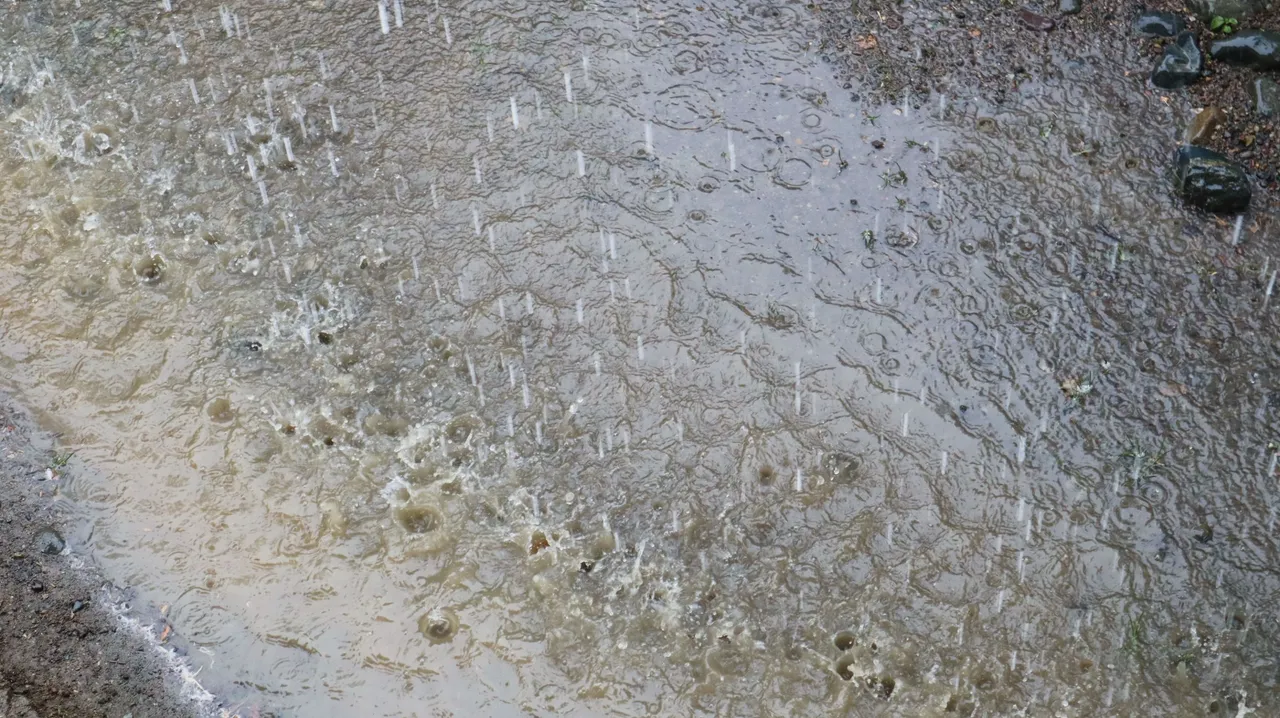
It was raining hard for a while. Then the weather cleared up again, the sun was shining bright again. Raindrops cling to the leaves of the plants and like crystal beads scatter on taro leaves, but on the leaves exposed to the sun, the raindrops quickly disappear.
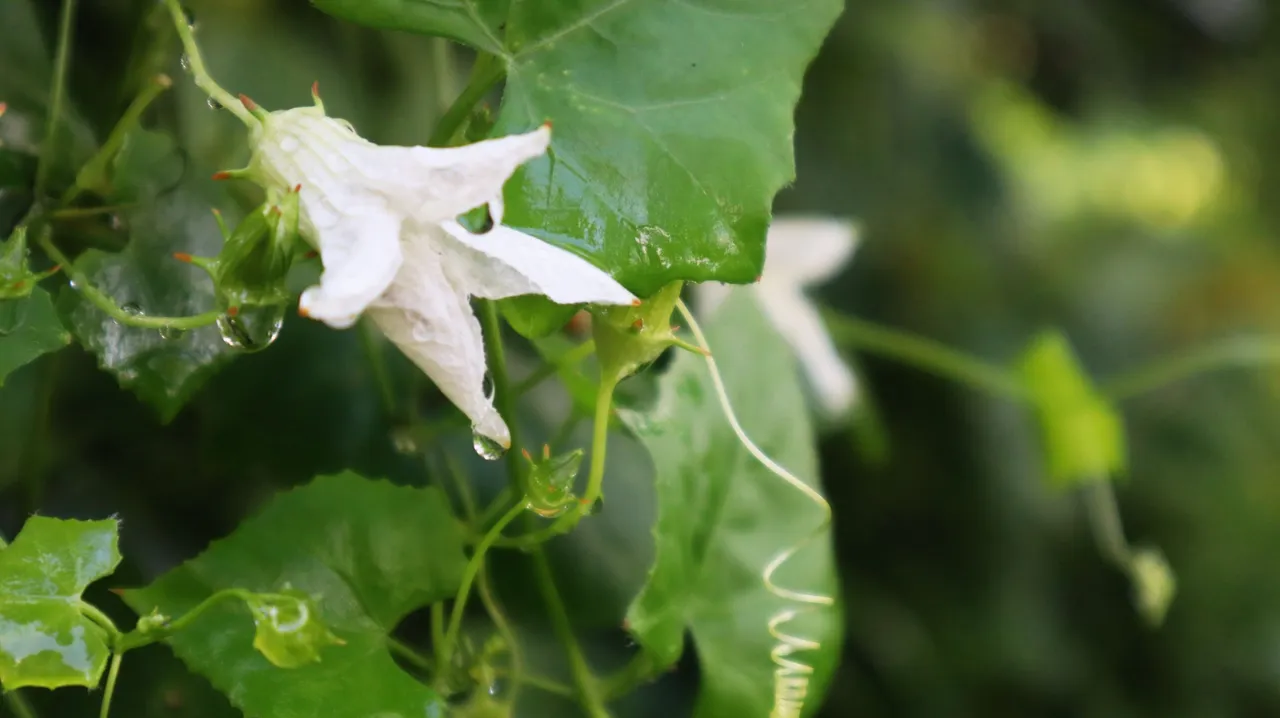
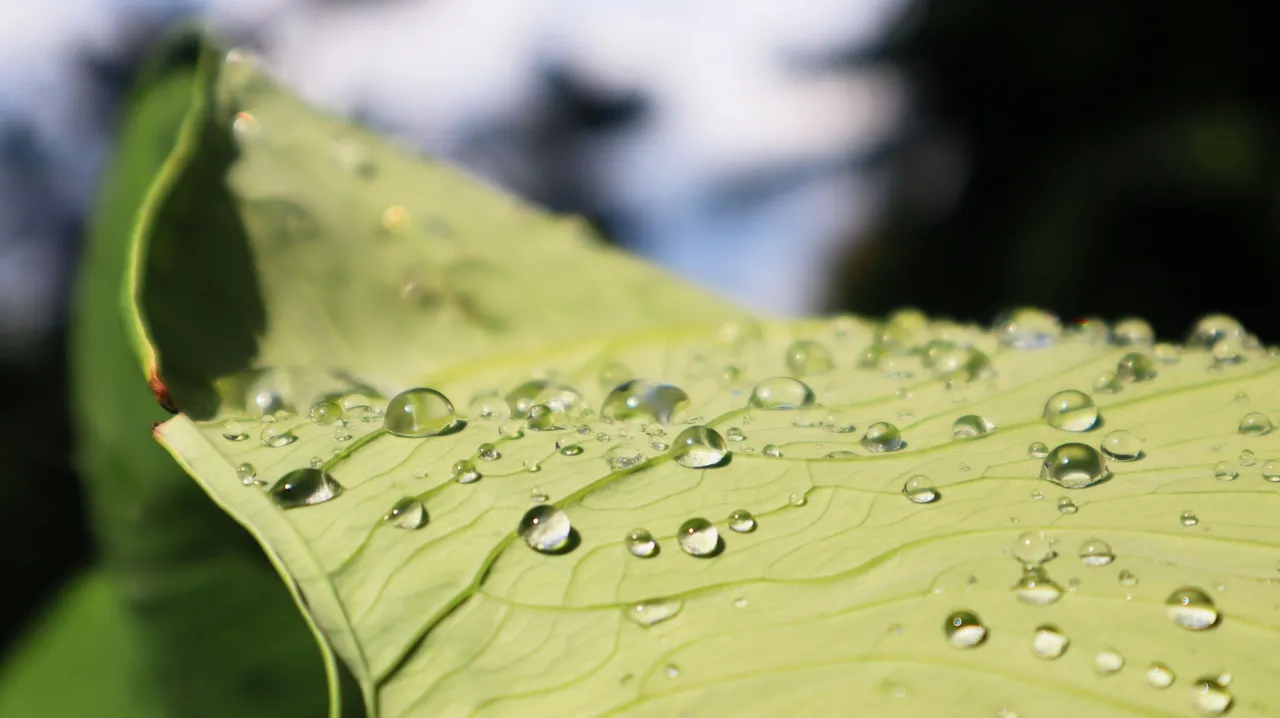
Diurnal insects appear to be active again in the bush, especially butterflies. They can be seen flying and perching on leaves exposed to the sun, and are seen very often opening their wings to absorb the sunlight. It seems obvious they like it, although it doesn't seem to be for Melanitis leda or the common evening brown.
I often see common evening brown butterflies lurking in the grass and seem to camouflage themselves with dry leaves. They seem to prefer a more shaded place. It may be because they are butterflies like to fly at dusk. A common evening brown I photographed standing on a dry banana leaf where its presence could be obscured by the color of the dried banana leaf.
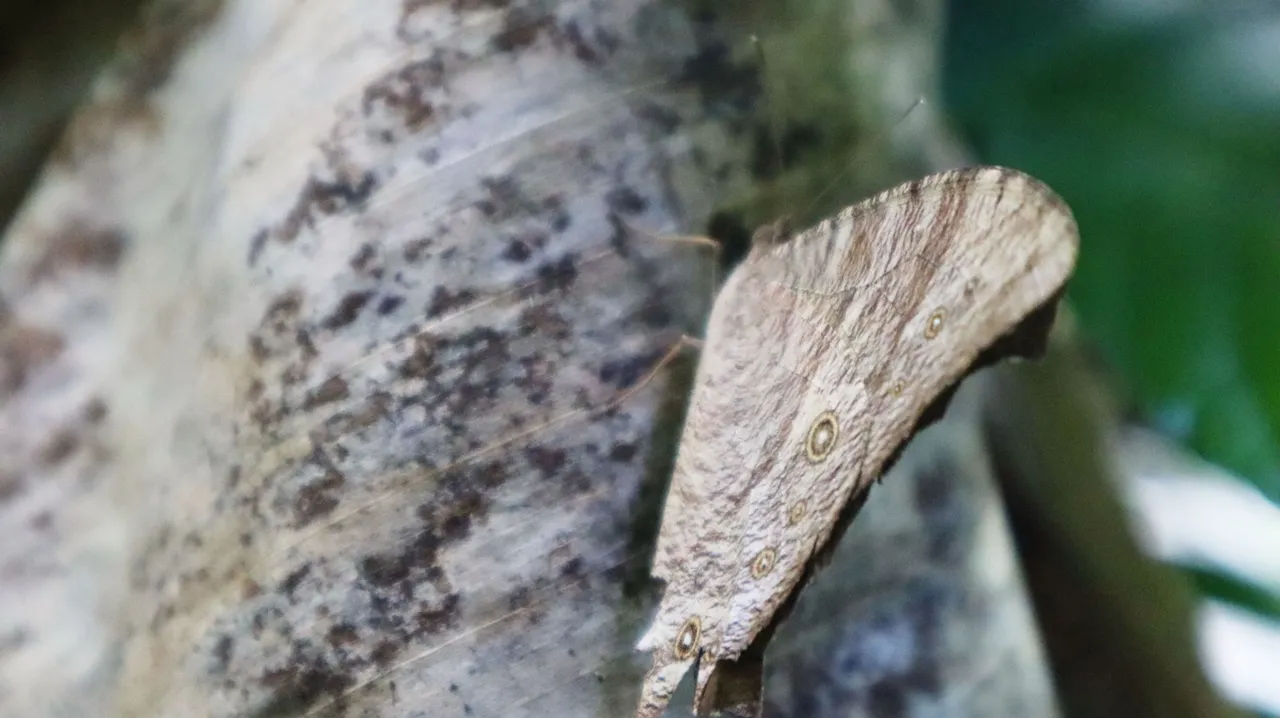
(The common evening brown)
Meanwhile, the sun-exposed leaves appear to be an ideal setting for the Ypthima baldus or common five-ring, a species of Satyrinae. They seemed to be having a lot of fun in the sunlit leaves while spreading their wings. Likewise with the Pelopidas thrax or millet skipper in the family Hesperiidae.
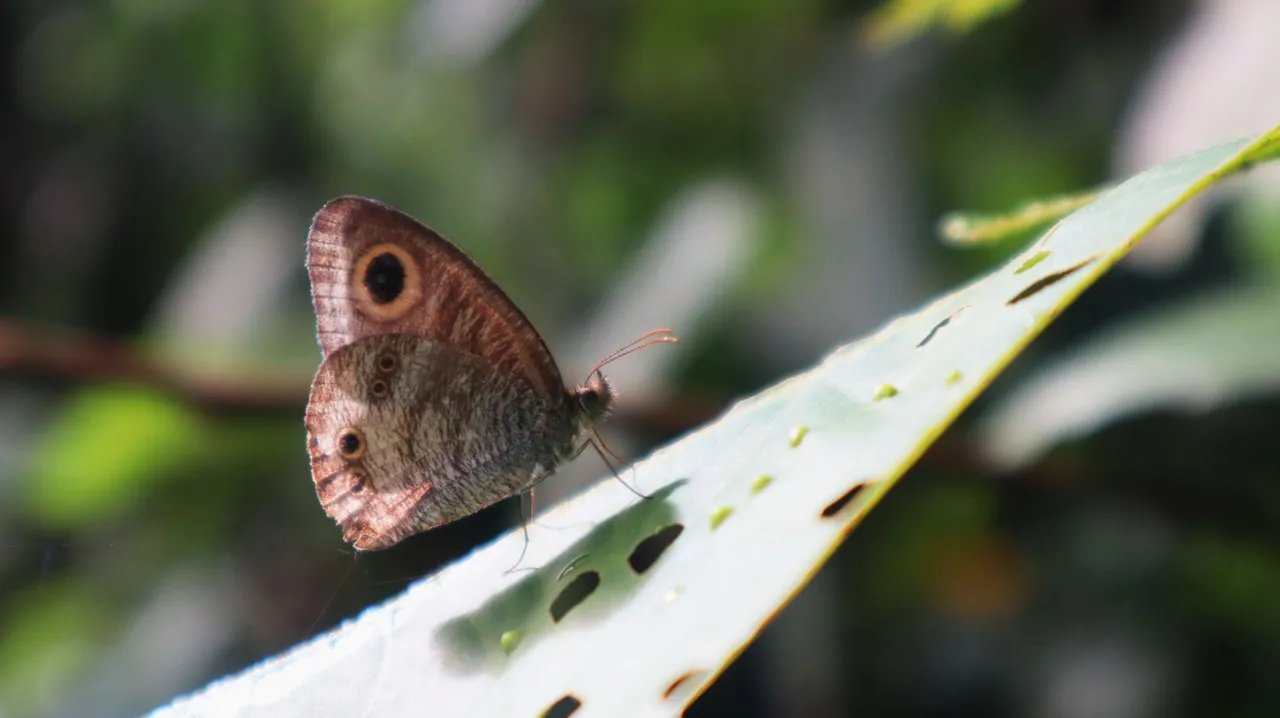
(The common five-ring)
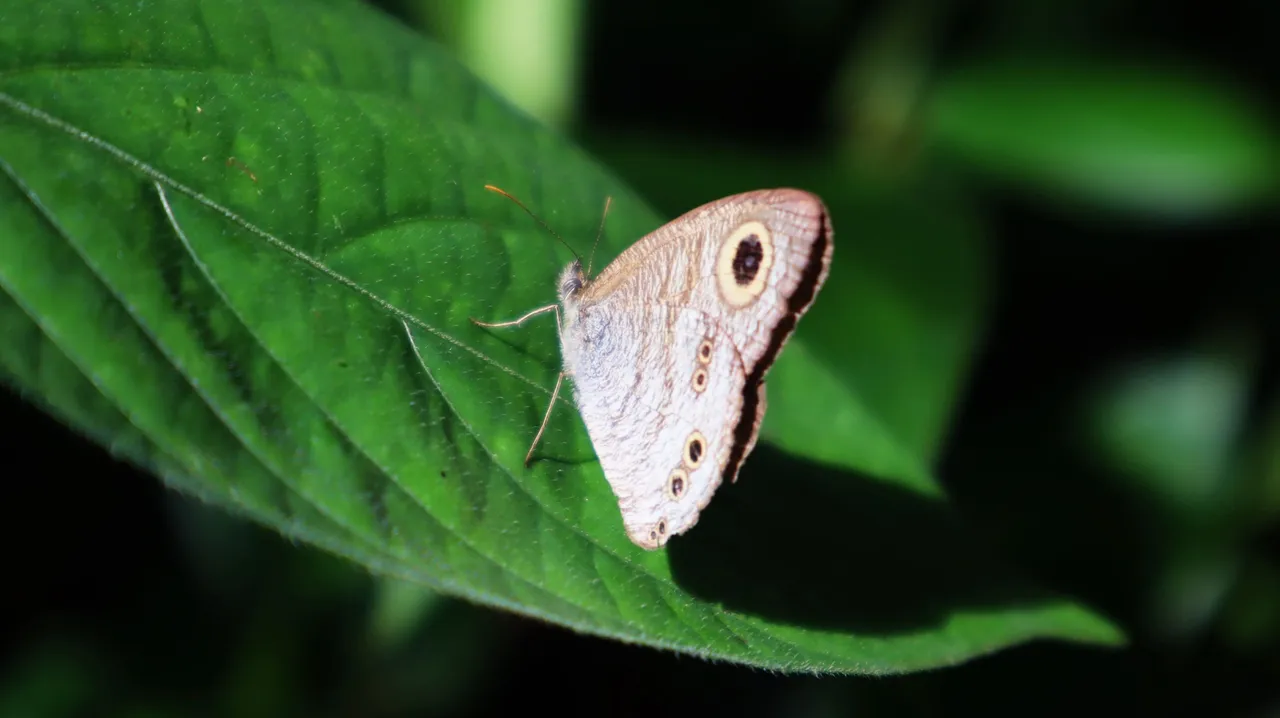
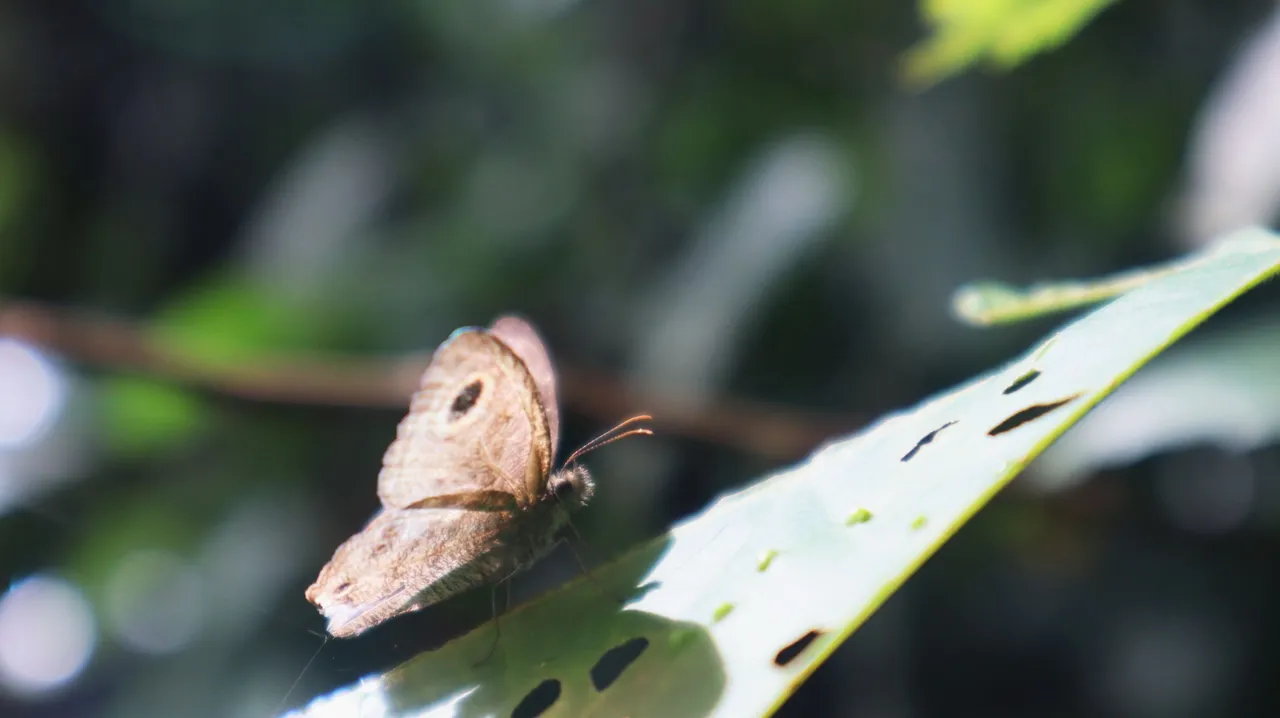

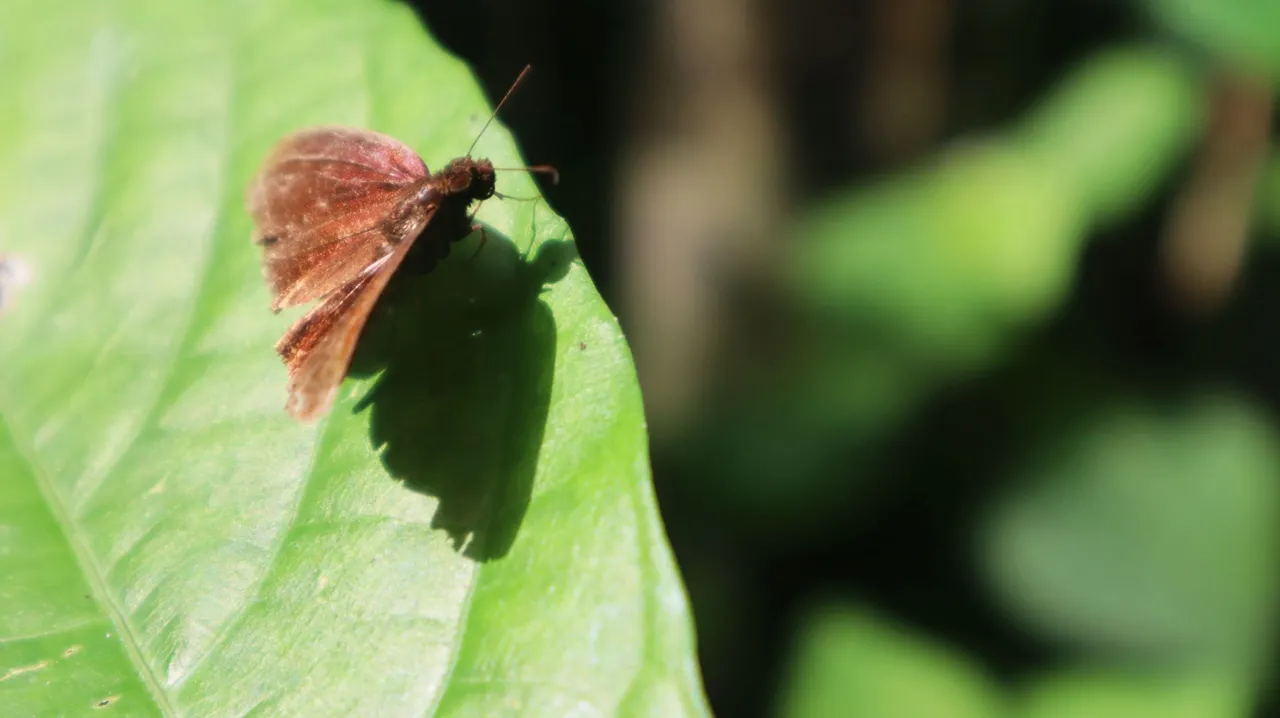
(The millet skipper)
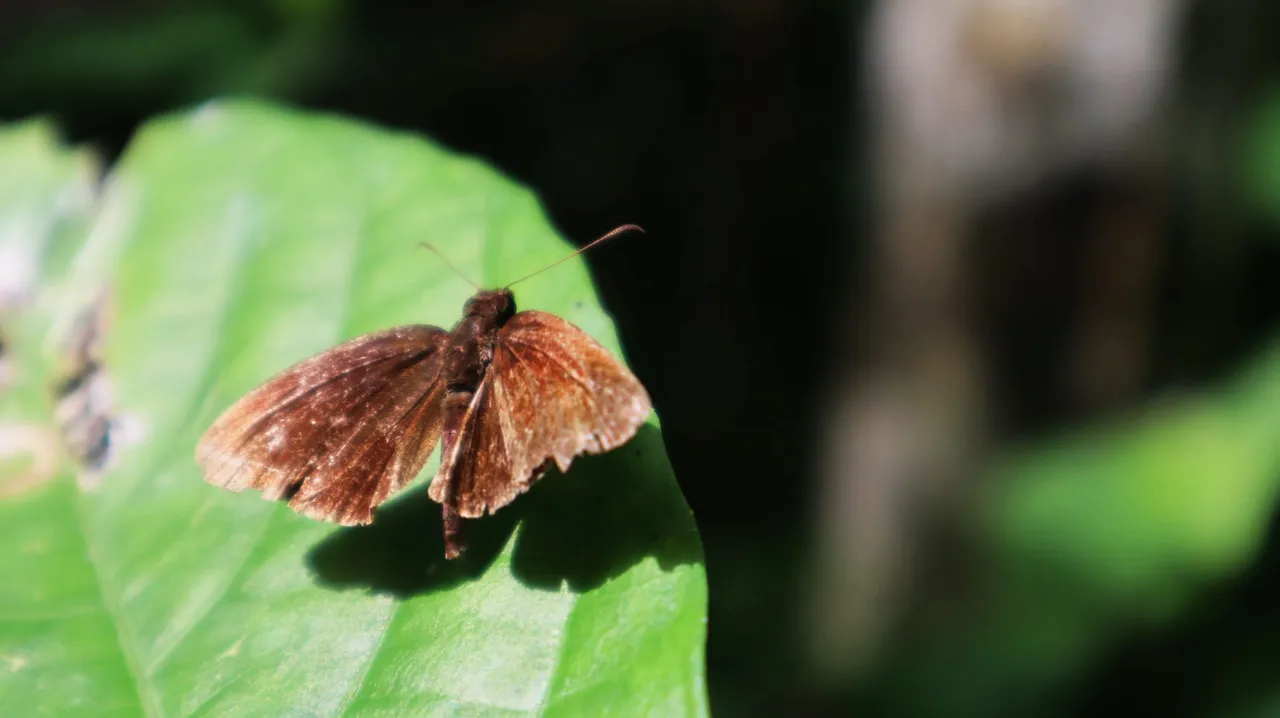
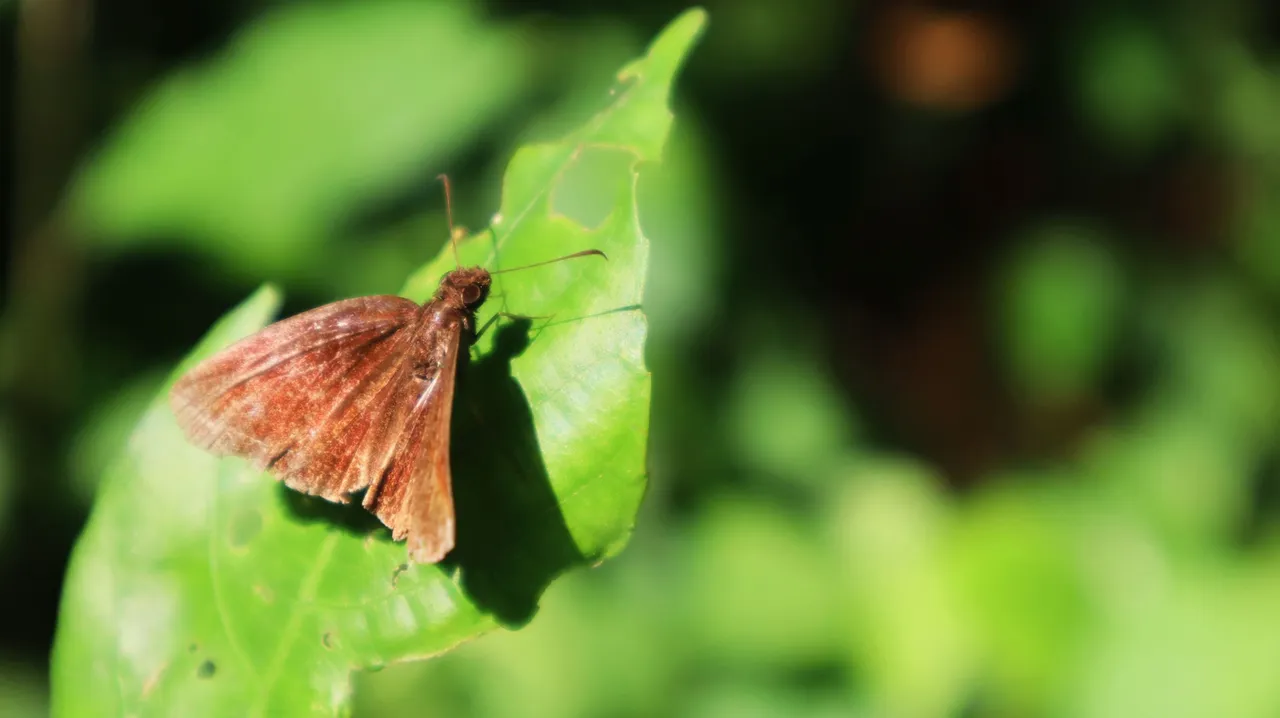
There is another butterfly species that I found at that time that was different in behavior. But before finding the butterfly, I saw a stick insect ((a species of Phasmatodea)camouflaging itself in the leaves.
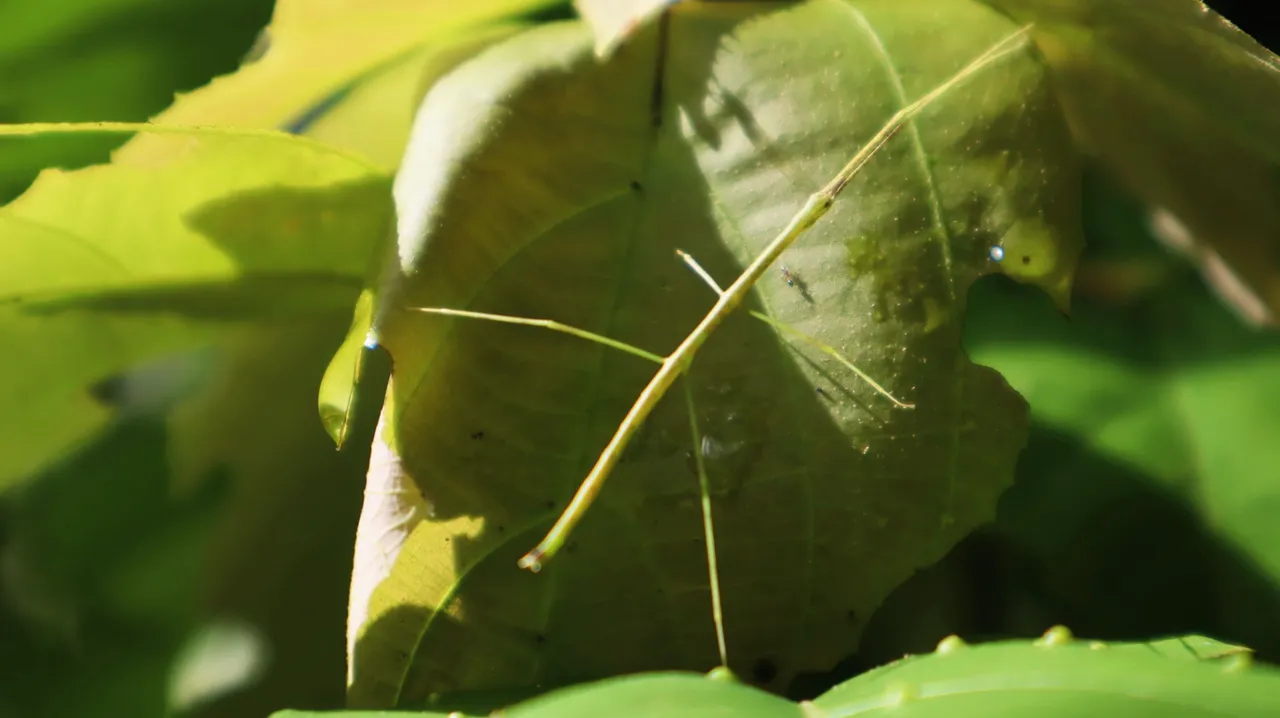
(The stick insect)

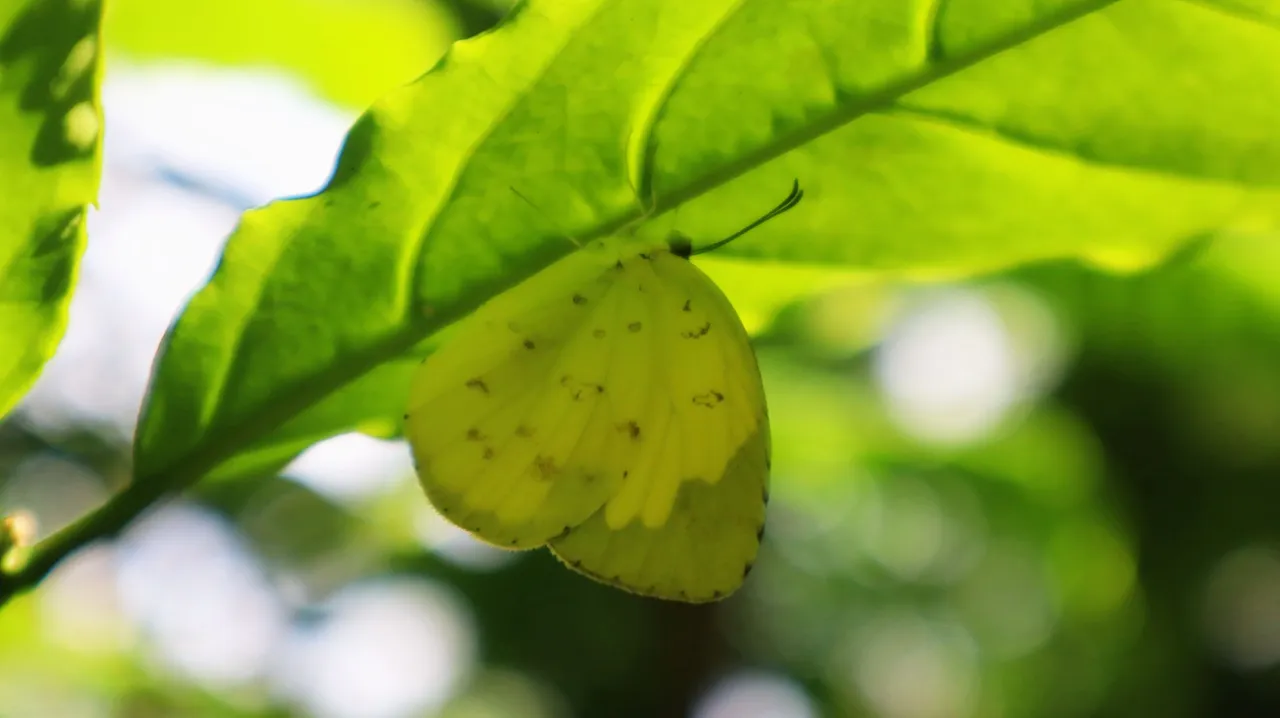
(The common grass yellow)
This diurnal butterfly seems to camouflage itself by perching under a leaf that is highlighted by the sunlight from above so that the butterfly's color fits perfectly with the leaf color. It is Eurema hecabe or known as common grass yellow which is found in grass and shrub habitats. The spots on the wings add to the uniqueness of the butterfly.
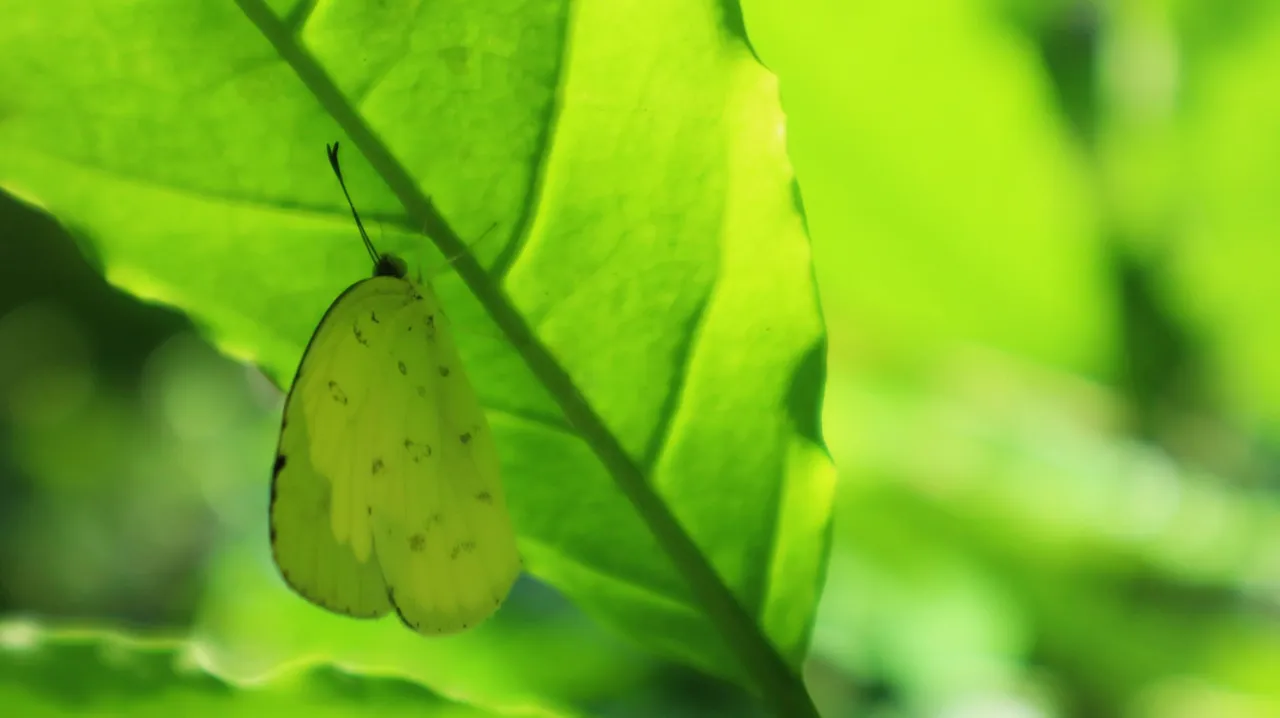
Butterflies are also insects that are indicators of habitat quality and climate change. Glad to always find them around us.